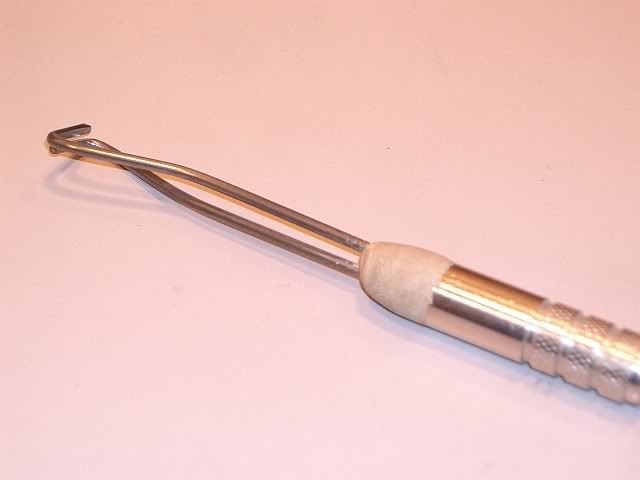Thanks to Darryl, I did some research on armature winding and mapped the coils on some automotive generator armatures. What I have is Simplex Wave Windings containing 21 coils of 9 1/2 turns in a 5 pitch and all CW wound. That was the easy part. When I looked around for magnet wire, I found there's a "Boat Load" of coatings. The coatings are what gives the temp ratings.
If the original was simply heavily enameled wire, do you see a problem using a modern double coat wire? Any suggestions for type of coating?
Here's one armature stripped to the skeleton.

If the original was simply heavily enameled wire, do you see a problem using a modern double coat wire? Any suggestions for type of coating?
Here's one armature stripped to the skeleton.

.png)



Comment